Dreadbox Raindrops Handleiding
Dreadbox
Niet gecategoriseerd
Raindrops
Bekijk gratis de handleiding van Dreadbox Raindrops (3 pagina’s), behorend tot de categorie Niet gecategoriseerd. Deze gids werd als nuttig beoordeeld door 62 mensen en kreeg gemiddeld 5.0 sterren uit 31.5 reviews. Heb je een vraag over Dreadbox Raindrops of wil je andere gebruikers van dit product iets vragen? Stel een vraag
Pagina 1/3

MODE
ON footswitch
Set the effect ON or OFF.
Also while holding the footswitch down,
it works as a SHIFT function button.
Tap footswitch
Tap tempo over the Delay Time.
When holding the TAP and the ON buttons down for 3 sec,
you will save the current Algorithm’s state.
Feedback Knob
Set the Delay’s Feedback or the Number of the repeats.
This is the main feedback control, but there are
actually 2 feedback stages:
One right after the delay line, called “Main Feedback”
& the other is located after the effects of the delay lines
(Filter and Pitch Shifter) called . “Post Feedback”
Mix Knob
Controls the Dry/Wet balance of the effect.
At 50% there is a 1:1 mix ratio.
Time Knob
Delay time from 50ms up to about 1 second.
After 700ms, the repeats will start becoming LO-FI.
NOTE: when used as a stereo output,
the R channel will have an offset compared to the L channel,
so as to achieve the stereo spread effect.
MODE Toggle Switch
This changes which parameter the Control knob affects.
For more info check on the Algorithms section (page 3).
Control knob
Depending on the algorithm and the Mode switch position,
this controls different parameters each time.
For more info check on the Algorithms section (page 3).
Output
Audio out , send to an amp,
mixer or monitor.
Input
Audio, line or fretted instrument input.
Accepts up to 2Vpp levels.
9VDC center pin negative
standard effect pedals power
Dreadbox Raindrops is a Hybrid Delay/Pitch Shifter/Reverb pedal that takes the concept of short echos
on a different level. It is equipped with multiple delay stages and different chips and you can choose
between 3 different play modes, where in each one you can have a whole new experience and alternative
soundscapes. You can achieve from simple short echos, to long, dirty and lo-fi delays and from simple
pitch shifting bursts to extensively lasting reverbs.VAT)
Main Page Controls
These are the hands on controls,
that you can access without
holding down the shift.
On/Off Indicator Delay Time Indicator

These are the SHIFT controls, that you can access while holding down the
ON button. Remember, in order to store this so that the pedal remembers
them the next time you power it, you must press and hold both footswitch-
es for 3 seconds!
TIME = EFFECT GAIN
Controls the level of the signal going into the effect’s line. By default, this
should be set at 50%, but in many cases, for example if you plug a hot
signal instrument, you might need to set this lower, so that the effects do
not peak.
FEEDBACK = POST FEEDBACK
This will control the amount of feedback that is send after the effect’s
section. For example, feedbacks after the Pitch Shifter will introduce the
shimmer effect. Be carefully though, as this feedback control and the main
one will add up and self-oscillation can be produced.
NOTE: On the reverb’s algorithm, this control is deactivated.
MIX = LOW PASS FILTER
This controls the Cut Off of a 1-pole Low Pass Filter.
CONTROL = TAP DIVISIONS
This is actually a multiplication over the tap tempo. It has fixed areas over
4 selections and it’s X1, X2, X4, X8.
MODE toggle switch
Tails ON/OFF ( ON = 2, OFF = 1). By setting this to ON, will allow the repeats
of the delay to be kept on even when the effect is set to by pass.
A. Send an Audio signal or an instrument to the input (mono signals it’s better to be send to the R INPUT)
B. Connect the Output to an Amp or a Monitor (mono signals should to be pulled out of the L OUTPUT)
C. Power the effect by using a 9VDC center pin negative power adapter (specialized for effect pedals)
D. Press the ON footswitch to enable the effect
E. Press both footswitches to change algorithms
F. To engage the secondary functions (SHIFT page) press and hold down the ON footswitch. While this is on hold, you have access to different parameters
G. In order to save the current algorithm’s settings, press and hold both footswitches for 3 seconds
MODE MODE

- CMOS Buffered Bypass
- 9VDC center pin negative
supply 150mA at least
-True stereo IN/OUT
- All IN/OUT are TS unbal-
anced 6.4mm jacks
- dimensions: 14x10x5 cm
- weight: 0,525 kg
There are 3 different algorithms offered into RAINDROPS.
1. A modulated delay
2. Pitch shifted delay
3. Large reverb
On each algorithm you can save a single preset, by holding down both footswitches for 3 seconds.
This preset will be stored and each time you power off the effect, or you cycle through the algorithms, you will have these
settings as default.
A Modulated Delay is simply the effect where the Delay Ttime is modulated by an LFO.
On this algorithm the MODE switch + CONTROL knob has the following functions:
MODE = 1 —> CONTROL = LFO RATE
MODE = 2 —> CONTROL = LFO AMOUNT
This algorithm has a Pitch Shifter as its Post Effect. The Pitch Shifter will control only the Wet signal. The Post Feedback
can have a drastic effect here, as each repeat will be shifted again.
On this algorithm the MODE switch + CONTROL knob has the following functions:
MODE = 1 —> CONTROL = PITCH (from 0 to 12 semitones - none quantised)
MODE = 2 —> CONTROL = PITCH SHIFT AMOUNT
Additionally to the Delay signal, a long tailed reverb is added .
On this algorithm the MODE switch + CONTROL knob has the following functions:
MODE = 1 —> CONTROL = REVERB DECAY
MODE = 2 —> CONTROL = REVERB MIX
Circuit: Analog signal, hybrid delay, Digital reverb
Bypass: Buffered opamp, a constant 3 to 4dB volume drop is expected and is compensated over the tremolo effect, to counter the “signal volume drop” feeling a tremolo has.
Product specificaties
| Merk: | Dreadbox |
| Categorie: | Niet gecategoriseerd |
| Model: | Raindrops |
Heb je hulp nodig?
Als je hulp nodig hebt met Dreadbox Raindrops stel dan hieronder een vraag en andere gebruikers zullen je antwoorden
Handleiding Niet gecategoriseerd Dreadbox

8 April 2024

3 Augustus 2023

3 Augustus 2023

3 Augustus 2023

3 Augustus 2023

3 Augustus 2023
Handleiding Niet gecategoriseerd
- AEG
- GreenPan
- Netis
- Neopower
- HTC
- Monoprice
- Autoscript
- PenPower
- Tomahawk
- Novy
- Adesso
- Wavtech
- Cambo
- Dymond
- RaySafe
Nieuwste handleidingen voor Niet gecategoriseerd
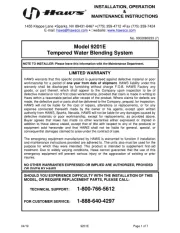
16 September 2025
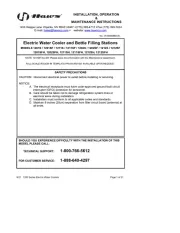
16 September 2025
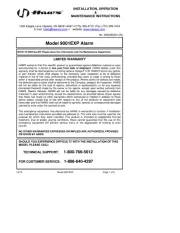
16 September 2025

16 September 2025
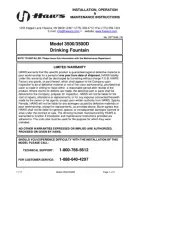
16 September 2025
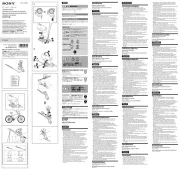
16 September 2025
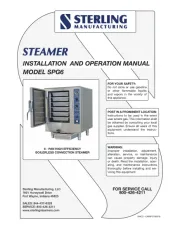
16 September 2025

16 September 2025
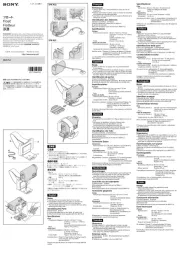
16 September 2025
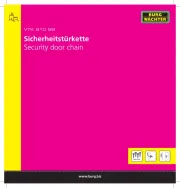
16 September 2025